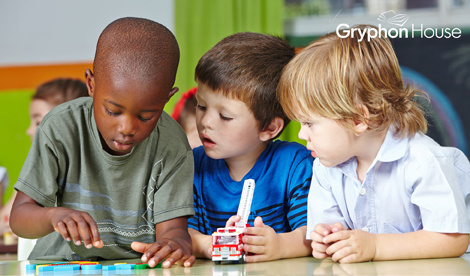Effective classroom transition activities and strategies are an important part of behavior management in the classroom. At their very core, transitions are planned disturbances to lessons, bringing one thing to a close and leading students to the next planned activity. However, this break in an otherwise structured classroom routine can be the perfect opportunity for students to exhibit problem behavior. From not paying attention to refusing to follow directions, problem behaviors can manifest themselves in several forms during transitions at home and school. The best way to prevent such problem behaviors is to have a plan of action in place and a routine for transitions, ensuring that any transition activities will go smoothly.
Full of classroom behavior management tips and strategies that can also be used in the home, Dr. William DeMeo’s When Nothing Else Works is a useful resource for parents and teachers alike.
Here are a few strategies you can implement with your little learners to keep problem behaviors to a minimum.
Routines and Transitions
Routines and transitions compose much of a child’s day. They can help preschoolers gain a sense of self and community and can build important self-regulation abilities. Routines and transitions reduce the complexity of planning and give more opportunities to focus on the preschoolers.
As you reflect on the transitions and routines within your program, there are a number of crucial points to consider:
- Minimize the number of transitions. Too many transitions results in stress for both children and adults.
- Plan ahead. Be fully prepared for the day so you can focus on encouraging young children during transitions. And, don’t forget that an element of fun can promote a successful transition.
- Teach children what is expected to help them develop self-regulation skills.
There are a number of strategies that support smooth transitions between activities and encourage children as they learn these transitions.
- Offer verbal cues, such as, “Five minutes before group time.”
- Pair children with peers who can model behavior and assist with difficult transitions.
- Permit children to transition from one area to another when they are ready, to avoid having them wait for the entire group, which could result in challenging behavior.
- Acknowledge a child after the transition: “Carlos, you cleaned up the dramatic play area and walked over to the carpet to get ready for group time.”
Author(s)William DeMeo
Jenna Roby
A graduate of High Point University, Jenna Roby served as marketing specialist for Gryphon House from 2013-2015.

